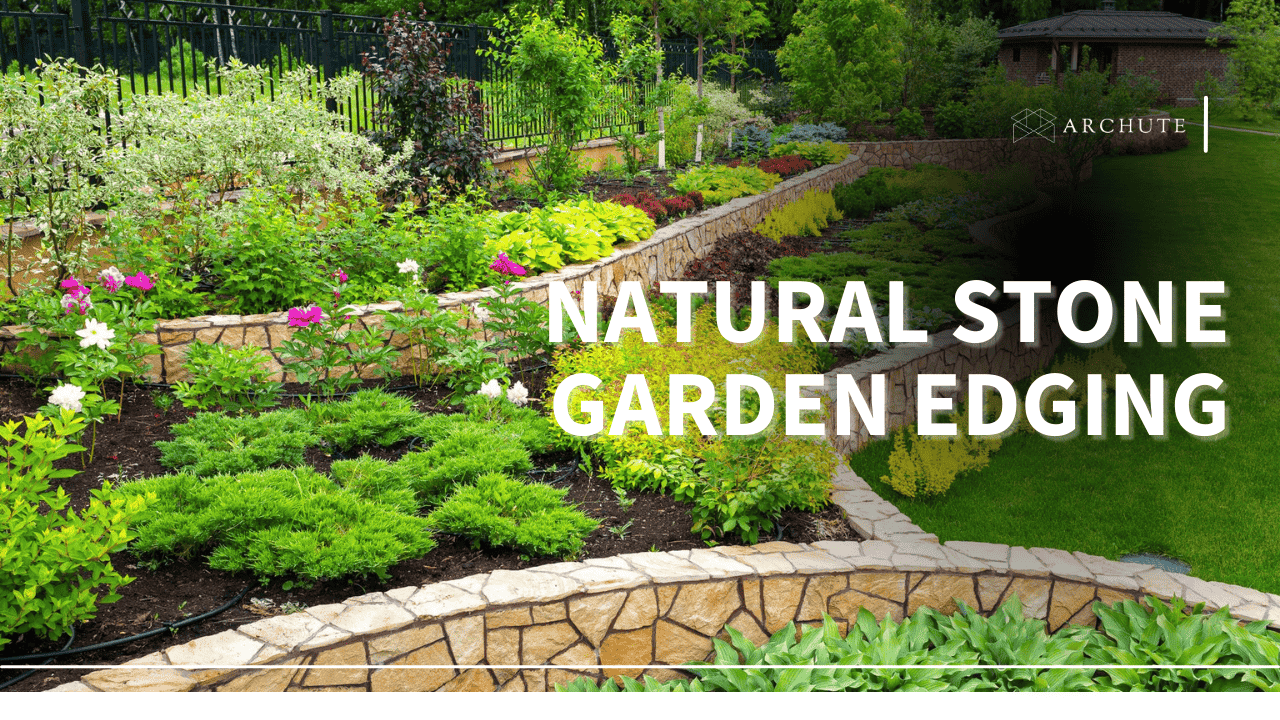A garden isn’t just a patch of land with plants—it’s a story unfolding in color, texture, and shape. And like any good story, it needs structure, something to hold it all together while still letting the beauty shine. That’s where garden edging steps in. It’s the quiet architect of outdoor spaces, defining borders, keeping things tidy, and adding a subtle—or dramatic—flair. And if you’re going to edge your garden, why not do it with something timeless? Natural stone isn’t just practical; it’s poetry in solid form. It weathers the elements, defies trends, and refuses to be anything less than stunning.
So, let’s dig in—literally and figuratively—into the world of natural stone garden edging. We’ll explore different types of stone, where to find them, and some truly inspiring ways to incorporate them into your landscape.
Types of Natural Stone Available
Not all rocks are created equal. Some are smooth, whispering elegance, while others are rough and untamed, brimming with character. Some hold the sun’s warmth in their golden tones, while others carry the cool hush of slate and shadow. Picking the right one is like choosing the perfect frame for a masterpiece—it makes all the difference.
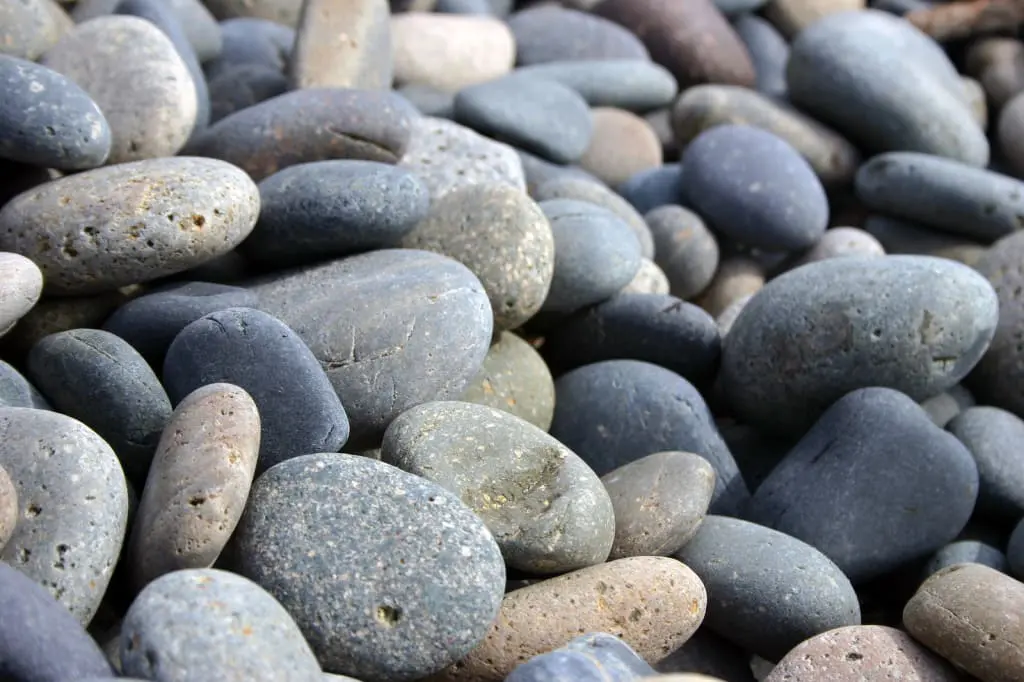
Image credit: twinoakslandscape.biz
- Limestone is the dependable, unpretentious workhorse of the stone world. It’s tough but not too fussy, making it perfect for edging, pathways, steps, and even fire pits. You easily can find limestone for sale, which means you won’t have to empty your savings to get your hands on it.
- Sandstone is the free spirit. It comes in hues of red, gray, buff, and blue, its grainy texture adding an earthy, lived-in charm. Whether you’re lining a walkway or stacking retaining walls, sandstone brings warmth and a dash of the unexpected.
- Bluestone is the moody, mysterious one of the bunch. With its deep blue-gray tones and naturally slip-resistant surface, it’s as practical as it is beautiful. Perfect for edging garden paths, framing porches, or encircling a pool, bluestone has a quiet sophistication that never feels forced.
Sourcing Natural Stone
Finding the right stone for your garden is half the adventure. You could take the easy route and head to a big-box store, but where’s the fun in that?
- Local quarries are treasure troves of raw, unpolished beauty. If you want something straight from the earth—literally—this is the place to go. Not only will you score high-quality materials, but you’ll likely save money and stumble upon stones you won’t find in retail stores.
- Landscape supply centers and home improvement stores are the more predictable options, but they have their perks. You’ll find pre-cut stone veneers, flagstones, and gravel in neat, labeled piles—perfect if you want convenience over the thrill of the hunt.
- Stone yards are where serious garden dreamers go. These places are stacked high with everything from hulking boulders to polished pavers. The folks working there usually know their stuff, too—ask them about stone types, project estimates, or even delivery options if you’re dealing with a load too hefty for your car.
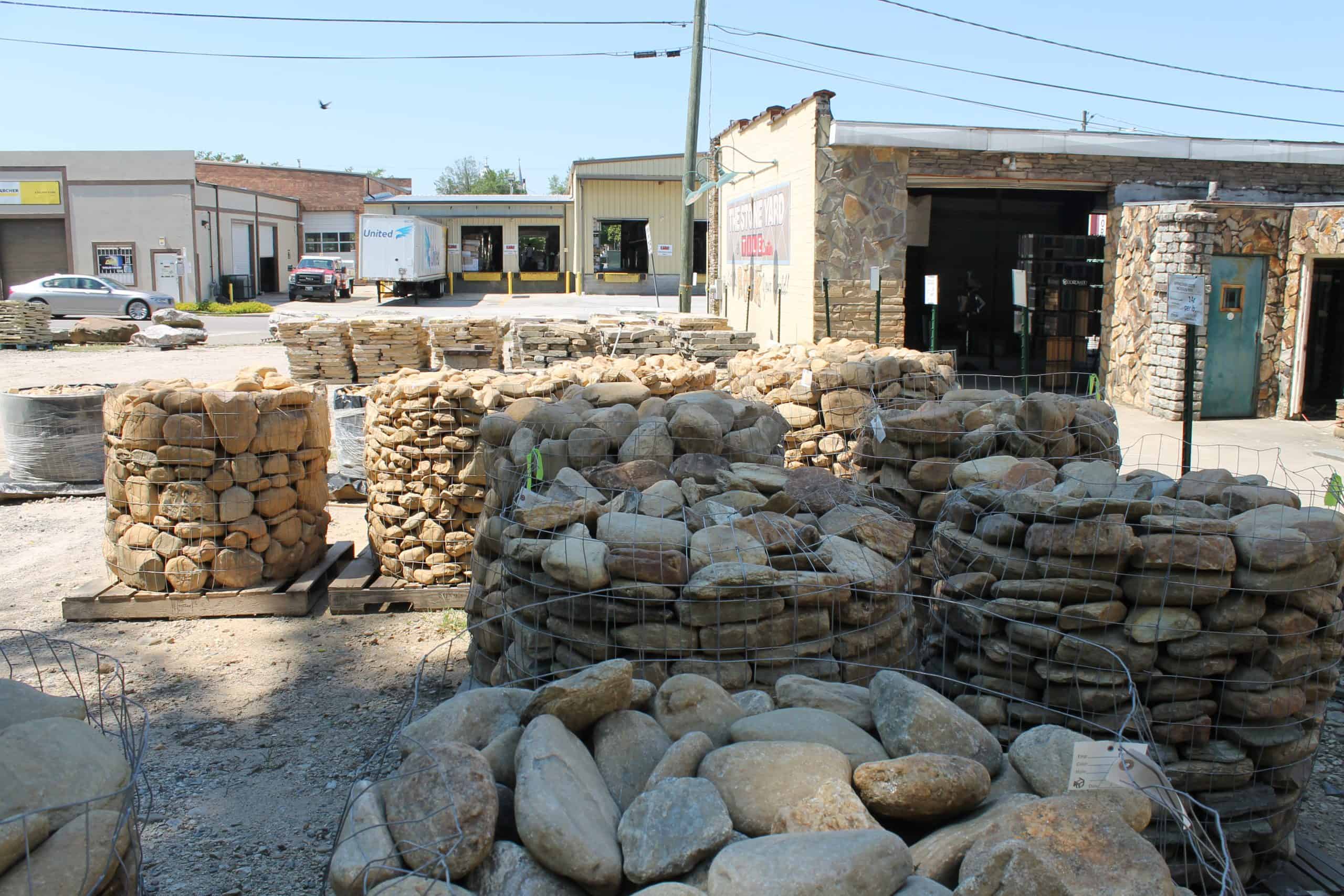
Image credit: tilecenter.com
Natural Stone Garden Edging Ideas
Edging isn’t just about keeping the mulch from wandering off or telling the grass to stay in its lane. It’s an artistic statement. A chance to play with form, texture, and movement. So, why settle for the ordinary when you can make something extraordinary?
1. Classic Straight Lines
There’s something deeply satisfying about crisp, clean lines. Perfectly aligned rectangular limestone or granite slabs create a polished, no-frills look that makes everything feel orderly and intentional. If your garden leans modern or formal, this style fits like a glove.
2. Curved Borders
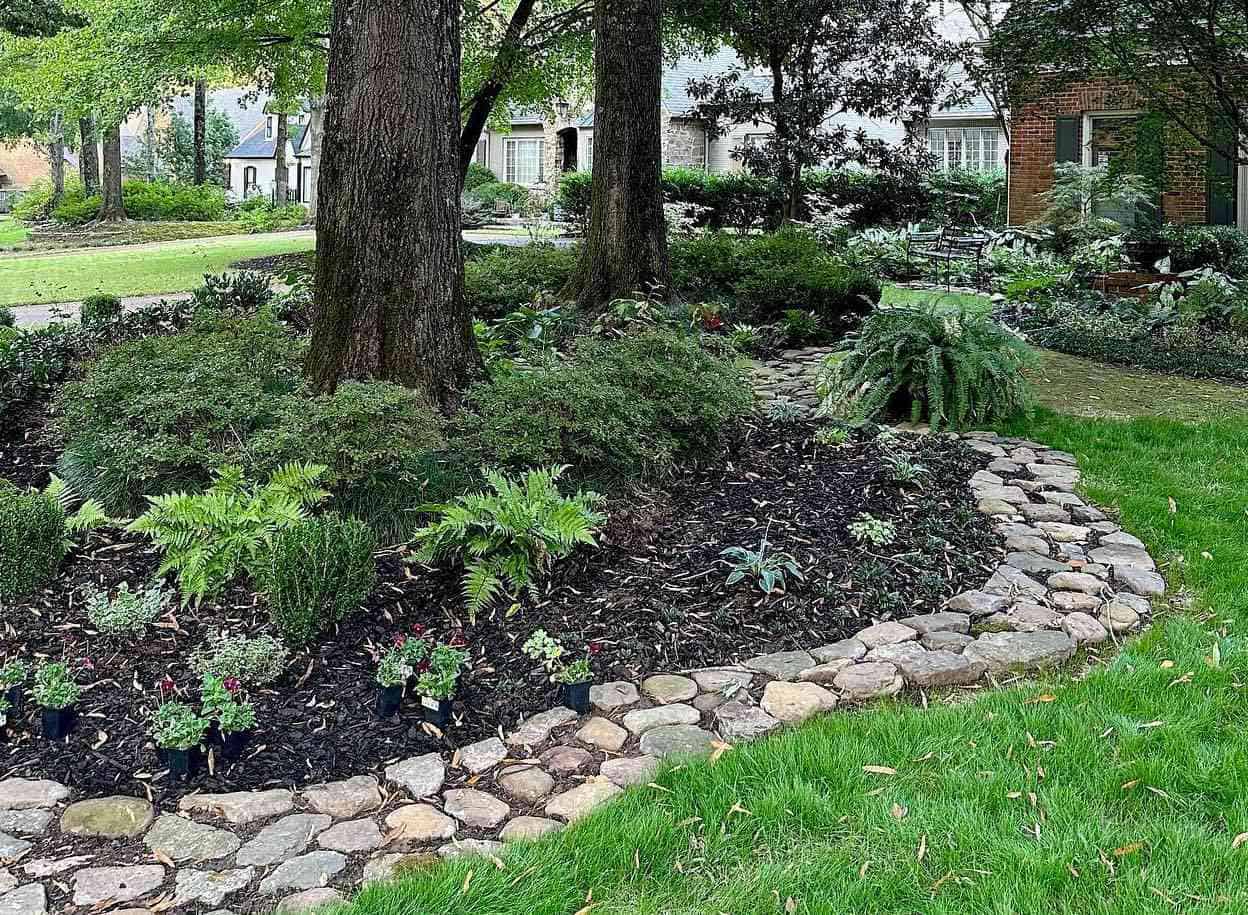
Image credit: thespruce.com
Rigid lines can feel too stiff sometimes. Curved edges, on the other hand, flow like a slow-moving river, softening the space and giving it a natural, effortless charm. Use irregularly shaped flagstones or fieldstones, letting them meander like a garden path that’s been there for centuries.
3. Tiered Edging
Why settle for a single row when you can build something with depth? Stack larger stones at the base, mid-sized stones in the middle, and cap it all off with a sprinkling of cobblestones or pebbles. It’s like terracing, but on a smaller, more decorative scale. This approach works wonders on sloped landscapes, where it doubles as erosion control.
4. Mosaic Patterns
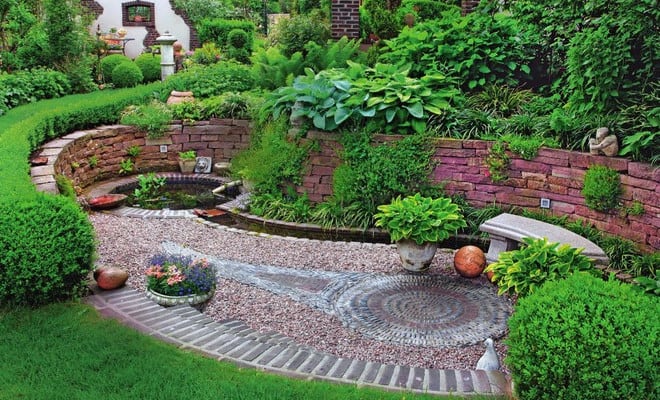
Image credit: diy-enthusiasts.com
If you’ve got an artistic streak, why not turn your garden borders into a masterpiece? Gather stones in different colors and shapes, then piece them together like a giant outdoor jigsaw puzzle. Whether you go for intricate swirls, bold geometric shapes, or something entirely abstract, the result will be as unique as your garden itself.
5. Naturalistic Random Placement
Some gardens don’t need strict borders—they thrive in a state of controlled chaos. Use river rocks or rough-hewn flagstones, placing them in a way that feels haphazard yet harmonious. Let moss or ground cover plants creep between the cracks for a look that feels like nature took charge.
6. Circular Stone Edging
Circles have a quiet power—they draw the eye and create a sense of harmony. Use rounded stones or small river pebbles to enclose a tree, a fire pit, or a cozy seating area. It’s a small touch that can completely change the feel of your space.
7. Stacked Stone Walls
Want something bold? Go big with stacked stone walls. Low, sturdy walls of limestone, sandstone, or slate can be used to define gardens or to create a raised flower bed, terrace a yard, or add an air of old-world charm to your space. It’s like having a tiny fortress for your plants.
8. Contrasting Borders
Why stick to one type of stone when you can mix things up? Pair sleek, dark granite with rough, pale limestone. Lay smooth river rocks next to jagged slate. The unexpected contrast will turn your edging into an eye-catching feature rather than just a boundary.
Benefits of Using Natural Stone Garden Edging
There are a hundred ways to edge a garden, but natural stone has something that plastic, wood, and metal just can’t match.
- It ages like a fine wine. Other materials fade, rot, or rust. Stone only gets better with time, developing a patina that tells a story of seasons passed.
- It doesn’t back down. Rain, sun, frost, foot traffic—stone shrugs it all off. It won’t warp, crack, or disintegrate the way lesser materials do since it has unmatched structural integrity.
- It’s endlessly adaptable. Want straight-edged perfection? Done. Prefer an untamed, rugged look? No problem. Stone plays well with every garden style, from wild and romantic to sleek and modern.
- It asks for very little. Unlike wooden edging that needs sealing or metal that eventually corrodes, stone requires almost no maintenance. A quick rinse or the occasional sweep is all it takes.
- It brings order to the chaos. Good edging keeps mulch where it belongs, stops grass from invading flower beds, and gives pathways the crisp definition they need. It’s the quiet backbone of a well-designed garden.
At the end of the day, garden edging isn’t just about keeping things tidy—it’s about shaping space, creating atmosphere, and letting your creativity run wild. And when you use natural stone, you’re not just adding a border; you’re weaving a little piece of the earth into your landscape. Whether you keep it clean and minimal or let it sprawl and meander, stone edging has a way of making everything feel right.
Featured image credit: superiormasonrydallas.com
